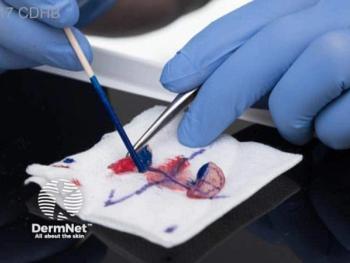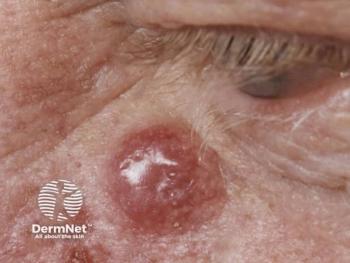
DermTech TRUST Study is Published
DermTech’s Pigmented Lesion Assay data was published in SKIN: The Journal of Cutaneous Medicine showing the results of its melanoma detection.
DermTech announced that the results of its TRUST (LINC00518) study were published in
In the article, it is explained that the non-invasive detection of genomic atypia be the PLA can aid the visual assessment of pigmented lesions and enhance the early detection of melanoma, which will allow physicians to treat them more effectively by making it easier to determine which lesions are high risk and should be biopsied versus safely managing benign lesions via clinical surveillance.
The study investigated 1,233 PLA-negative pigmented lesions for evidence of malignancy for up to 36 months.2 They also retested a separate prospective cohort of 302 PLA-negative lesions up to 2 years after initial testing.2 These results demonstrate that in this real-world intended use population, the PLA has an NPV of greater than 99%, confirming the high NPV established in previous clinical studies.
A PPV of 18.7% was determined by using a US based registry of 3,418 PLA-tested cases and then identifying the melanoma diagnoses based off of the PLA-positive lesions. Of the 5,993 lesions tested with the PLA from both the TRUST study and registry cases, most PLA tests were negative and not subjected to surgical biopsy.
“Many tests require a compromise with respect to NPV and PPV in which optimizing one comes at the expense of the other. Maximum NPV is priority for a test designed to safely rule out melanoma, yet this study confirms that the PLA’s high NPV is balanced by a PPV that offers a significant improvement over the current care pathway,” commented Maral Kibarian Skelsey, MD, lead author and clinical associate professor of dermatology at Georgetown University, Washington, DC.
Reference:
1. Dermtech study, “non-invasive detection of genomic atypia increases real-world npv and ppv of the melanoma diagnostic pathway and reduces biopsy burden,” published in skin: the journal of cutaneous medicine. Published September 14, 2021. Accessed September 15, 2021.
2. Skelsey M, Brouha B, Rock J, et al. Non-invasive detection of genomic atypia increases real-world npv and ppv of the melanoma diagnostic pathway and reduces biopsy burden. SKIN The Journal of Cutaneous Medicine. 2021;5(5):512-523. doi:10.25251/skin.5.5.9
Newsletter
Like what you’re reading? Subscribe to Dermatology Times for weekly updates on therapies, innovations, and real-world practice tips.


















